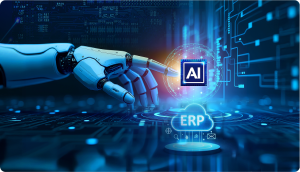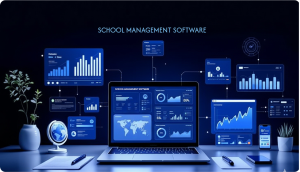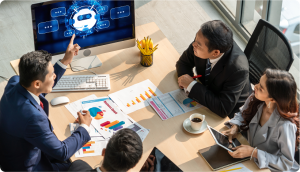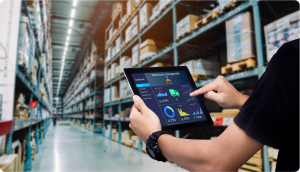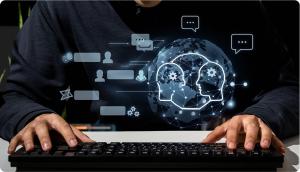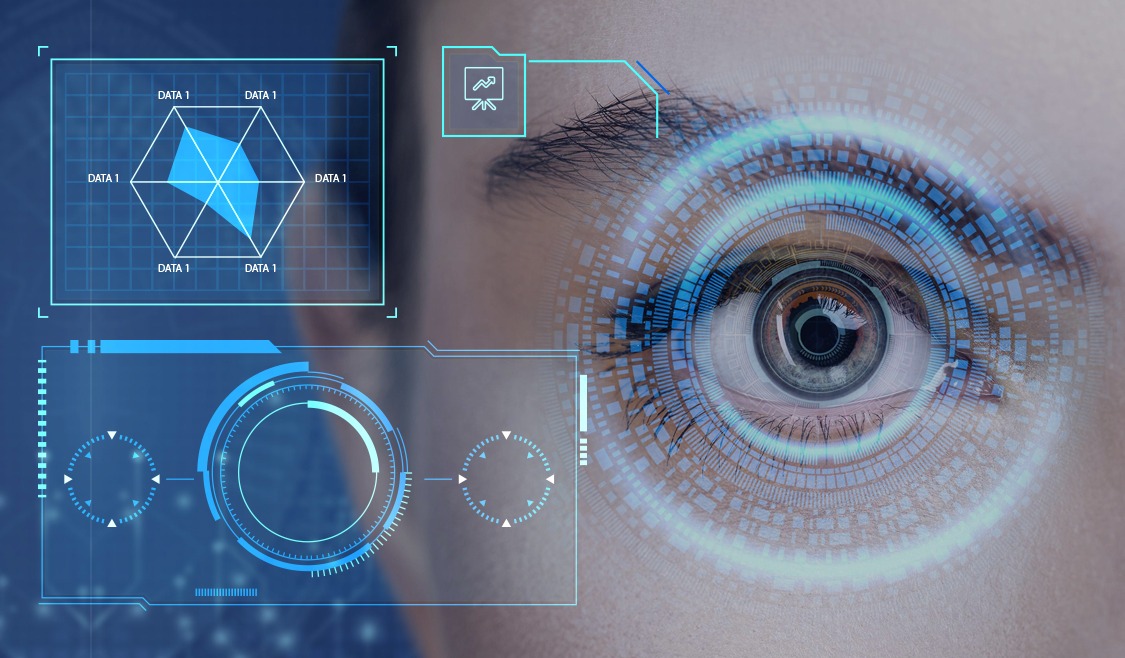
Amazon, Google, Microsoft, Facebook and Tesla are investing billions in research and development of computer vision technology. Driverless cars, unmanned convenience stores, medical diagnostics and surveillance systems – the applications for computer vision and pattern recognition technologies are numerous. This stupendous impact is not just on customer experiences but on improving business processes as well.
Inside this Article
ToggleMachine Vision vs Computer Vision
The idea of machines being able to behave like humans has been the stuff of sci-fi for decades. The amazing part is that life has emulated art and it is now a reality that will keep evolving.
When it comes to machine vision vs computer vision, the first is a subset of the other. Machine vision refers to the industrial application of computer vision to mechanically “see” steps through image analysis in a production line and trigger an action that instructs other components in the system to respond. For instance, in the F&B sector, the bottling facility has a machine vision system that is pre-programmed to recognize if bottles are chipped, it can check if correct levels are filled and lids or caps are properly sealed. It can also check if the date stamp has been applied. These jobs would have previously required human supervision but humans are prone to error and fatigue. Machines are superhuman that way, they can keep going and accuracy remains high.
Computer vision can be used alone and does not have to be a part of a larger machine system. This is where it differs from machine vision. Computer vision has much greater processing power since it uses deep learning to identify a large number of variables, identify trends and gain advanced feedback from abstract visual data.
Also read: Why Embracing Intelligent Automation Will Change the Way We Work
How Does Computer Vision work?
Neural networks for CV work like a jigsaw – You read that right! Computer vision puts together images exactly like we put together a jigsaw. It recognizes edges, identifies different pieces and then starts to bring together the pieces. While we humans have the picture on the jigsaw box to guide us on putting the puzzle together, computer vision arrives at the composite picture differently.
If we were trying to put together a picture of a dog, our mind has already been trained to recognize the parts that must come together. A computer needs computer vision algorithms in order to learn what it is seeing. They are trained, in this instance, by feeding them millions of images of dogs. They then use a series of filtering actions through deep network layers to bring the image together.
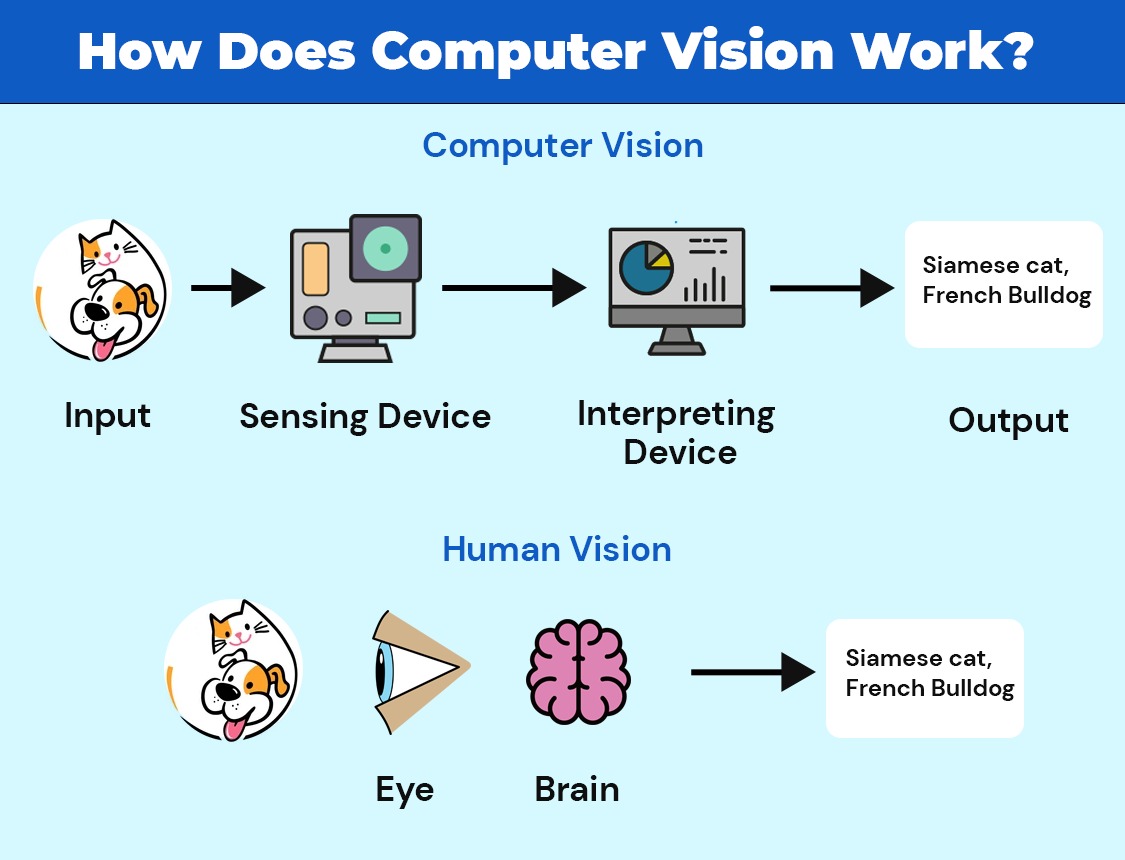
- Lighting to illuminate the subject and create sufficient contrasts
- An imaging device like a camera or infrared sensor
- A lens (usually in the camera) that focuses the incoming light on an image sensor
- A computer but when “smart cameras’ are used the processing can happen within the camera
- Image processing software
- Artificial intelligence algorithms
6 Top Business Applications of Computer Vision
Applications for computer vision are finding increasing popularity across industries. This is because of the potential of improving ROI from these 3 benefits
- Faster and simpler process, particularly in monotonous, repetitive work.
- Accurate outcomes because machines never make a mistake. Products and services will be fast and of higher quality.
- Cost-reduction because errors are minimized, companies save a lot by not needing to fix defects in products or services.
Here is a bird-eye view on applications of computer vision in business processes and it’s a helpful insight to whether AI and computer vision will be helpful in your business as well.
1. Safer navigation
The automotive industry accounted for the largest market share of computer vision technologies in 2017 with an estimated USD 1.6 billion. Computer vision is being used to study traffic flow and devise intelligent solutions for smart cities. It also plays a huge role in automated license plate recognition and detecting moving traffic violations. So, if you were fined for a traffic violation recently, remember that it was computer vision at work (and also remember to drive safely).
But it’s in the field of autonomous vehicles that computer vision technology is truly flexing its muscles. Autonomous vehicles use CNNs to see objects, other vehicles and pedestrians around it. The vehicle then knows when to speed up, slow down or switch lanes. Advanced driver assistance systems (ADAS) use the same technology to mitigate collisions.
Behavioural analysis and facial recognition can also gauge the driver’s attentiveness. It can tell when the driver is daydreaming, using a cellphone or even driving under the influence.
Also read: How businesses use ML to improve processes
2. Security and surveillance
Computer vision technology is being deployed inside homes and in public spaces in an attempt to make security smarter. Facial recognition, crowd detection, abnormal/suspicious behaviour detection can be used to alert law enforcement and emergency services in the case of a crime or an accident.
Apple’s Face ID is perhaps the most popular application of facial recognition technology in the field of biometric mobile security. The phone uses cameras, sensors and a dot projector to create a 3D map of the user’s face which is used to authenticate payments and unlock the phone.
3. Manufacturing process control
Well trained computer vision applications integrated into robotics has been a game-changer in optimising industrial processes. Cameras along the production lines can recognize and flag manufacturing defects with greater precision and speed than humans.
The difference between machine vision vs computer vision is simple. While computer vision processes and understands the whole image, machine vision looks only for data which is relevant to its function. Computer vision has a variety of uses but machine vision is mostly restricted to the industrial sphere.
4. Improving customer experience
Cameras in retail stores can be used to observe footfall and customer behaviour like physical movement patterns, eye movements and attention spans. With this data, retailers can make changes to their store to prioritize best selling items, improve customer experience and drive sales.
Amazon Go uses computer vision to eliminate checkout counters at supermarkets. The cameras in the store identifies a customer, track their movements and monitor the items they pick up or replace. Customers can just walk out of the store and their receipt is sent to their Amazon account.
Facial recognition and behavioural analysis can also be used to flag known shoplifters.
5. Making content management easier
Millions of images are produced each day, many generated on social media. Businesses just cannot keep track of them and that is a missed opportunity for sentiment analysis. Businesses with multiple offices and departments can produce a staggering amount of content but due to the diversity of content, storing it is not an easy task. Remember the 2015 viral picture “what color is this dress”? Different people see data in a different way. On the other hand, Machines are trained to see it without numerous complexities,
Computer vision technologies can correctly extract and categorize data and tag it for easier retrieval.
6. Improving insurance claims processing
Computer vision is playing a crucial part in speeding up insurance claims processes. Tedious paperwork and ID processing can now be handled by computers. Coupled with deep learning, computer vision can also verify the authenticity of documents and IDs.
It can also help mitigate fraudulent claims. For example, a computer can analyze vehicular damage and create a detailed crash report with an estimate of the collision speed.
Conclusion
Computer vision is far from perfect because computers and humans perceive images differently. Humans bank on past experience, have imagination and understand abstract concepts like emotions. Deep neural networks, however, look at images as batches of pixels and make relations between them based on how they are programmed. However, they cannot pick up contextual cues from images. This is changing specially with computer vision being programmed to study behaviour.
Our Computer Vision Experts are available to answer any questions you might have on integrating modern technology into your business processes.
